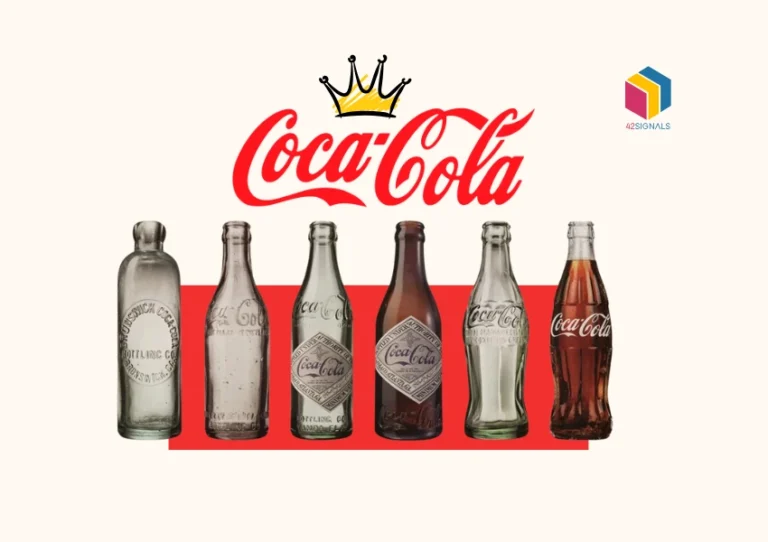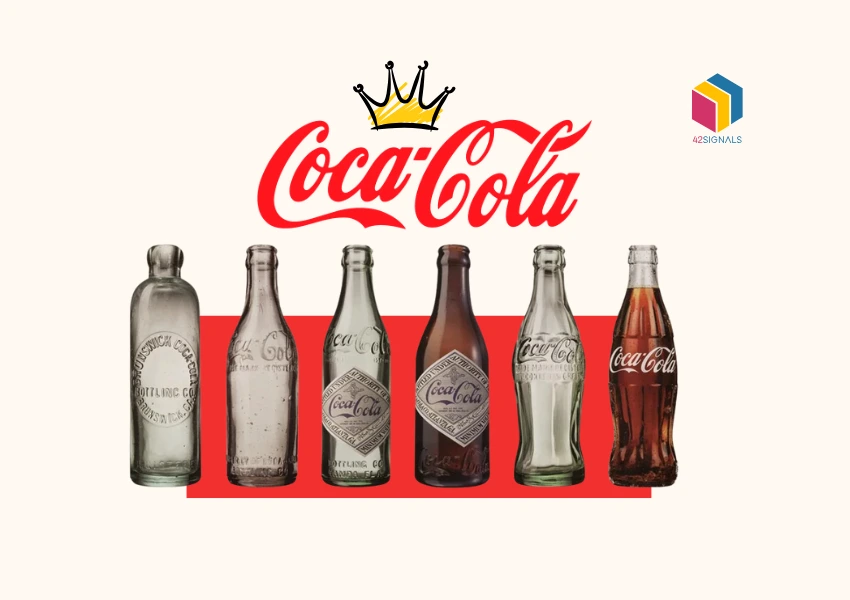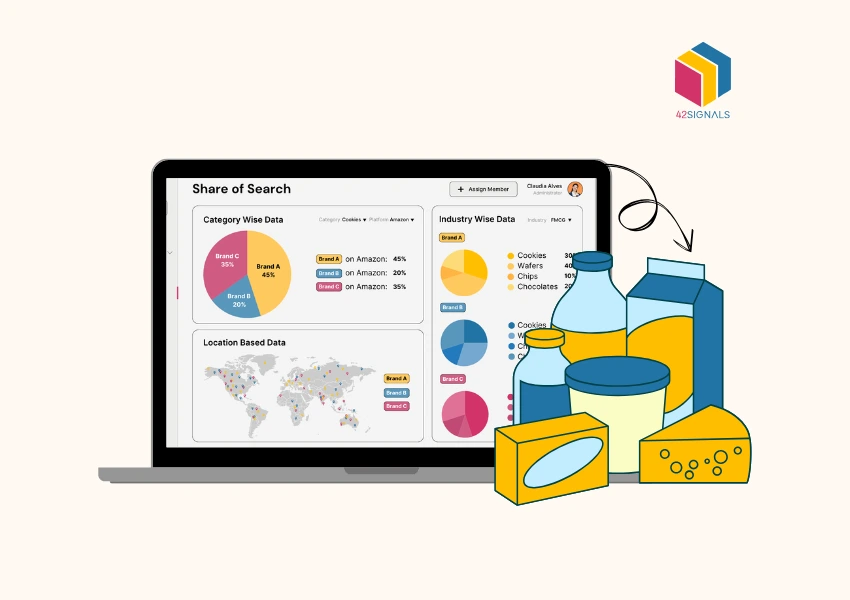The rapid evolution of consumer behavior and technological innovation demands agility and a deep understanding of market dynamics. One of the most effective strategies for businesses to thrive in this environment is real-time competition analysis.
This process enables companies to track competitors, understand emerging trends, and refine their operations, leading to better decision-making and increased profitability.
What is Competition Analysis?
Competition analysis involves evaluating and benchmarking against other businesses in the same industry or market. It allows companies to identify their competitors’ strengths, weaknesses, strategies, and market positioning.
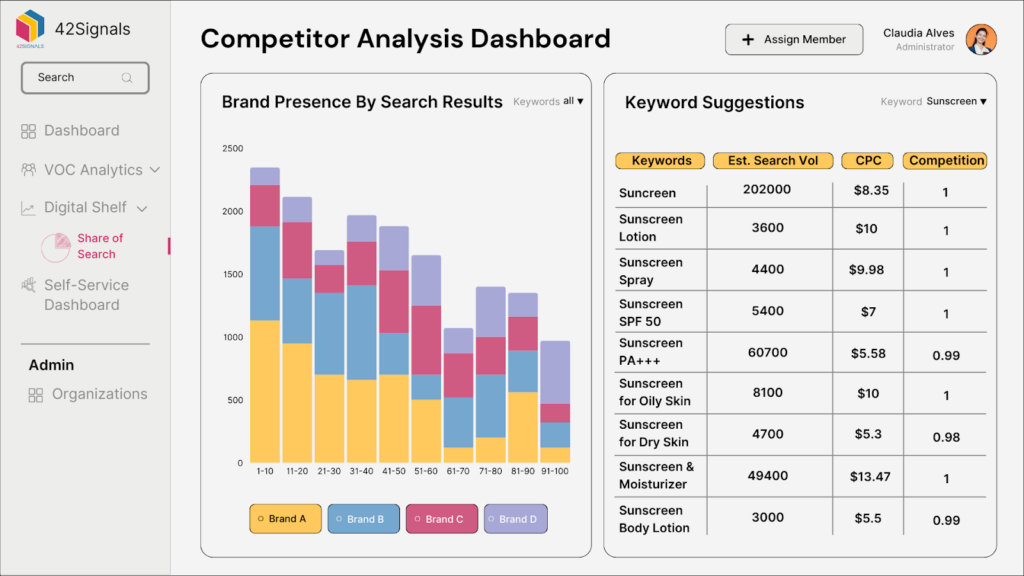
Traditionally, this was a time-consuming process requiring extensive manual research and static data. However, real-time competition analysis has transformed the landscape, offering businesses actionable insights almost instantly.
Real-time competition analysis incorporates advanced tools and techniques, such as artificial intelligence (AI), machine learning, and ecommerce analytics, to provide up-to-the-minute data on market trends, customer preferences, and competitor activities.
This dynamic approach ensures businesses can make informed decisions and respond swiftly to changes in the competitive landscape.
How Keyword Competition Analysis Drives Business Success?
One of the critical aspects of real-time competition analysis is keyword competition analysis. This involves evaluating the keywords competitors target in their digital marketing efforts, such as paid ads or organic search engine optimization (SEO). By understanding the popularity and performance of specific keywords, businesses can:
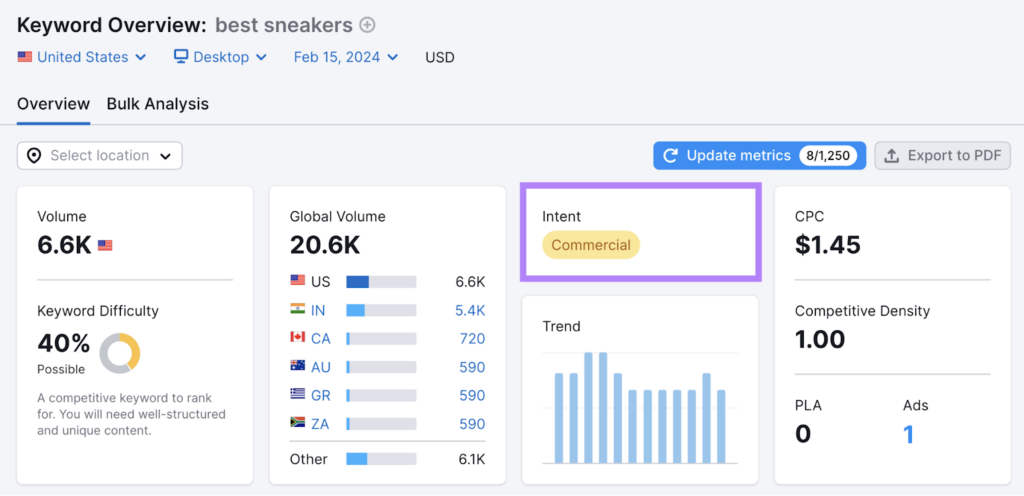
Image Source: Semrush
- Identify High-Value Keywords: Pinpoint keywords that drive traffic and conversions within their industry.
- Optimize Marketing Strategies: Refine their content, SEO, and paid ad campaigns to compete effectively.
- Predict Consumer Trends: Analyze shifts in keyword trends to anticipate changes in consumer behavior.
For instance, an ecommerce business selling outdoor gear can use keyword competition analysis to uncover which search terms competitors rank for. By adopting or improving their approach to these keywords, they can attract more potential customers and gain a competitive edge.
How Real-Time Competition Analysis Benefits Businesses?
1. Understanding Emerging Trends
Real-time competition analysis allows businesses to stay ahead of emerging trends by analyzing industry data and consumer behavior. Tools that track competitors’ pricing, product launches, and marketing strategies can reveal what resonates with consumers. For example, if a competitor’s new product line sees a sudden surge in popularity, businesses can quickly adapt their offerings or marketing tactics to capitalize on similar trends.
2. Improving Operational Efficiency
Competition analysis is not just about marketing; it also impacts operations. By monitoring competitors’ supply chain strategies, inventory management, and customer service practices, businesses can identify areas for improvement within their operations. Real-time data ensures these insights are current, enabling swift adjustments to enhance efficiency.
3. Enhancing Customer Experience
Understanding competitors’ customer engagement strategies provides valuable insights into consumer expectations. Real-time data can uncover patterns in customer preferences, allowing businesses to tailor their products, services, and interactions to meet or exceed these expectations. For example, tracking competitors’ ecommerce analytics and customer sentiment can reveal popular payment options, delivery methods, or loyalty programs.

4. Gaining Competitive Pricing Insights
Dynamic pricing is crucial in highly competitive industries, especially ecommerce. Real-time competition analysis tools enable businesses to monitor competitors’ pricing strategies and adjust their own in response. This approach ensures competitive pricing without compromising profitability.
How Ecommerce Analytics Delivers Real-Time Insights for Growth?
Ecommerce analytics plays a vital role in competition analysis, offering insights into customer behavior, sales trends, and digital performance. By integrating real-time data, businesses can:
- Track Competitor Metrics: Understand competitors’ website traffic, conversion rates, and customer retention strategies.
- Analyze Market Performance: Identify market gaps and opportunities for differentiation.
- Refine Product Strategies: Use data on competitors’ best-selling products to inform inventory and development decisions.
For example, an ecommerce brand can use analytics to discover which competitor products are trending during the holiday season. By introducing similar or complementary products, they can capitalize on increased demand and maximize sales.
Real-Life Applications of Real-Time Competition Analysis
Case Study 1: Adapting to Market Shifts
A global apparel brand used real-time competition analysis to monitor a key competitor’s product launch. By analyzing customer sentiment on social media and sales data, the brand identified gaps in the competitor’s offerings and quickly introduced a similar product with enhanced features. This proactive approach resulted in a 20% increase in market share within six months.
Case Study 2: Optimizing Digital Marketing
An online electronics retailer leveraged keyword competition analysis to refine its SEO and paid ad strategies. By focusing on high-performing but underutilized keywords, the retailer reduced its cost-per-click by 15% while increasing traffic by 25%. This optimization helped the business maintain a competitive edge in a saturated market.
Case Study 3: Enhancing Customer Retention
A subscription-based software company monitored competitors’ pricing and feature updates in real time. When a competitor launched a new feature, the company surveyed its customers to gauge interest and prioritized the development of a similar feature. This approach not only prevented customer churn but also improved user satisfaction.
Best Tools and Technologies for Real-Time Competition Analysis
Several advanced tools facilitate real-time competition analysis, including:
- Google Analytics and Search Console: Provide insights into website performance and keyword trends.
- SEMrush and Ahrefs: Offer comprehensive keyword competition analysis and backlink tracking.
- Price monitoring tools like 42Signals: Help businesses track competitors’ product data and prices in real time.

- Social listening platforms like Hootsuite: Analyze competitors’ social media strategies and audience engagement.
- AI-Powered BI tools: Leverage machine learning to process vast amounts of data and deliver actionable insights.
Overcoming Challenges in Implementing Real-Time Competition Analysis
While the benefits are clear, implementing real-time competition analysis comes with challenges:
- Data Overload: The sheer volume of data can be overwhelming, requiring robust tools to filter and prioritize insights.
- Cost: Advanced analytics tools often require significant investment, making it essential to assess ROI carefully.
- Accuracy: Ensuring data accuracy is critical, as decisions based on faulty insights can lead to losses.
By addressing these challenges with the right strategies and resources, businesses can unlock the full potential of real-time competition analysis.
Conclusion
Real-time competition analysis has emerged as a game-changer for businesses striving to understand new trends and improve operations.
Tools like keyword competition analysis and ecommerce analytics, companies can gain invaluable insights into their market and competitors. These insights empower them to anticipate consumer needs, optimize their strategiesLearn how your competitor data can help your business by scheduling a free demo with 42Signals.

